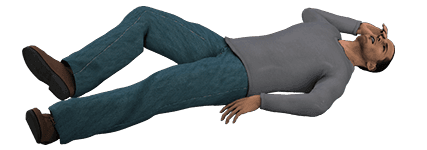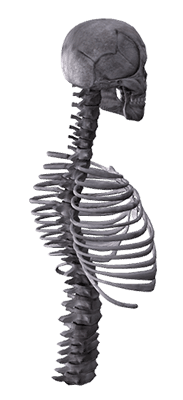
Online CPR/AED/First-Aid Class
Head, Neck and Spinal Injuries
If someone has sustained a head, neck or spinal injury, be extremely careful when moving them, and only do so if necessary.
A person is likely to have a head, neck or spinal injury if they:
- ● Have fallen from a height
- ● Took a strong blow to the head
- ● Were involved in a car crash
- ● Were in a bicycle/motorcycle crash, especially if they weren’t wearing a helmet
Signs and Symptoms of a Head Injury
- ● Not respond to you, or only moan instead of forming coherent words
- ● Act confused or sleepy
- ● Vomit
- ● Demonstrate trouble seeing, walking, or moving any part of the body
- ● Have a seizure
If someone has a head injury that causes them to lose consciousness, their symptoms get worse, or they show other causes for concern, they should be evaluated by a healthcare provider as soon as possible. You should call 9-1-1 immediately if they become unresponsive. These people should not operate heavy machinery, play sports, drive a car or perform any real physical activity until their doctor tells them it’s okay.

Spinal injuryThe most common causes of spinal injuries include falls, bicycle or motor vehicle accidents, sporting accidents, and acts of violence. You should suspect that a person has a spinal injury if they:
CAUTION: If you suspect a person has suffered a spinal injury, do not twist or turn their head or neck. The only exceptions are if you need to:
Helping Someone with a Possible Head, Neck or Spinal Injury
|
 |
 |
Class: CPR/AED/First-Aid
Instructor: Mike Figuero
Publish Date: 2018-04-02
Last Updated: 2020-07-18
Instructor: Mike Figuero
Publish Date: 2018-04-02
Last Updated: 2020-07-18


